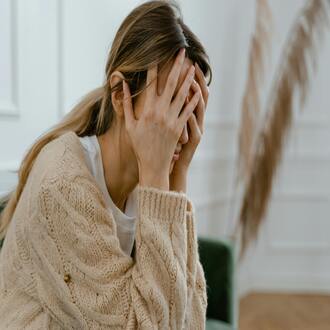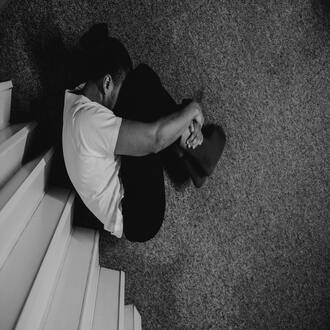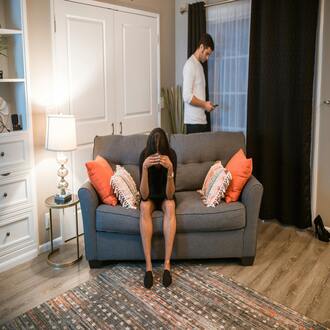Transcription The dark side of cuteness: discrimination and neglect
The Bias Toward ''Cute'' Babies and Children
The power of cuteness also has a dark side.
If we're hardwired to feel more affection and protection toward what we perceive as ''cute,'' what about what doesn't fit those standards? Research has shown that this bias has very real and often unfair consequences, especially in the treatment of children.
Less Attention and Support for Children Seen as ''Not Cute''
Studies confirm that babies and children who are perceived as being more ''cute'' receive more positive attention, not just from strangers, but also from their own parents and caregivers. They receive more smiles, more touches, and more support.
The correlation between child abuse and a lack of "cute" traits
More worryingly, a correlation has also been found between child abuse or neglect and a lack of attractive child traits.
Children who do not fit the "baby schema" may be at greater risk of less affectionate or even neglectful treatment.
Unconscious discrimination in everyday interaction
This discrimination is almost always unconscious. Parents and caregivers don't deliberately choose to treat one child better than another.
It's an automatic and subtle emotional response that plays out in thousands of small, everyday interactions.
However, the cumulative effect of this differential treatment can have a significant impact on a child's development and self-esteem.
Being aware of this bias is the first step toward counteracting it.
Summary
Our instinct for cuteness also has negative consequences and dangerous biases. Research shows that children with traits closer to the "baby schema" receive mor
social political and cultural contexts in the formation of subjectivity




